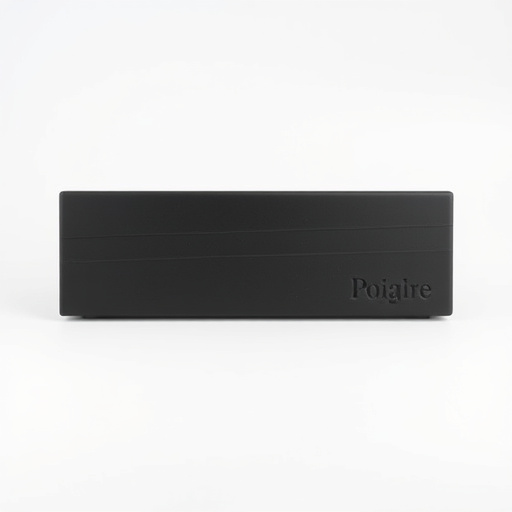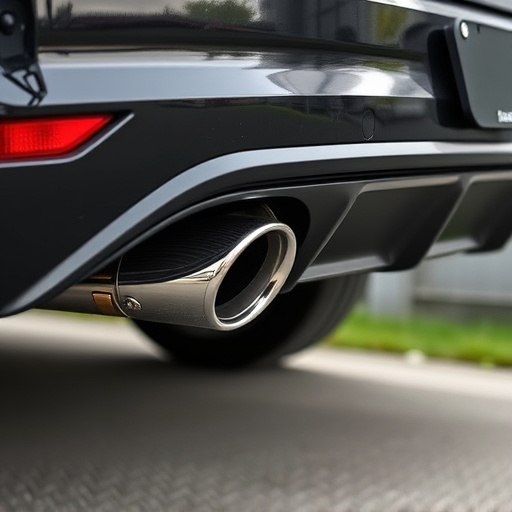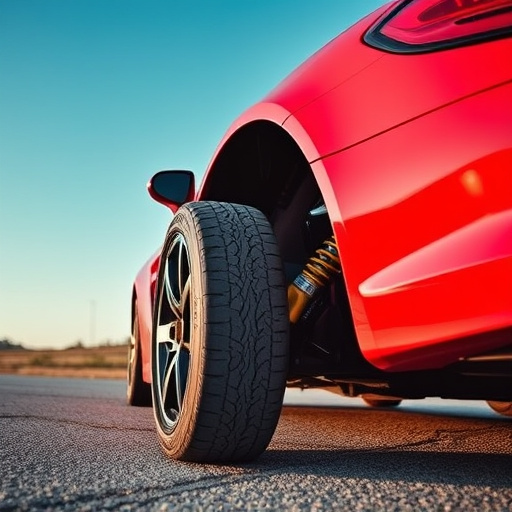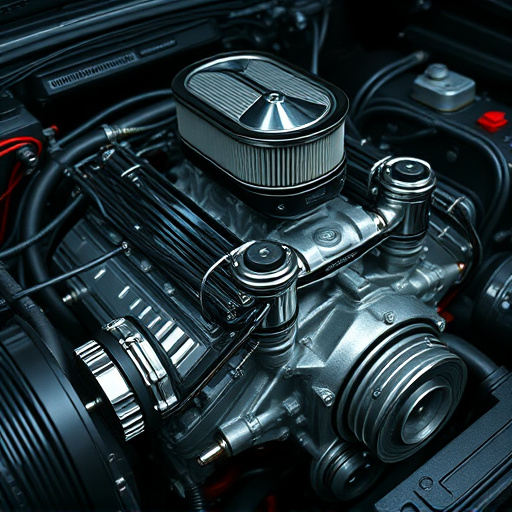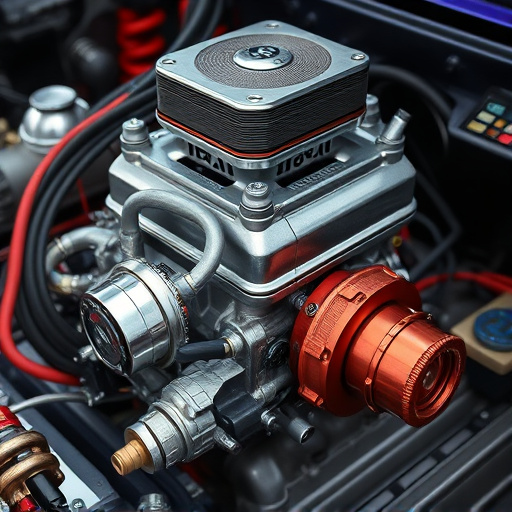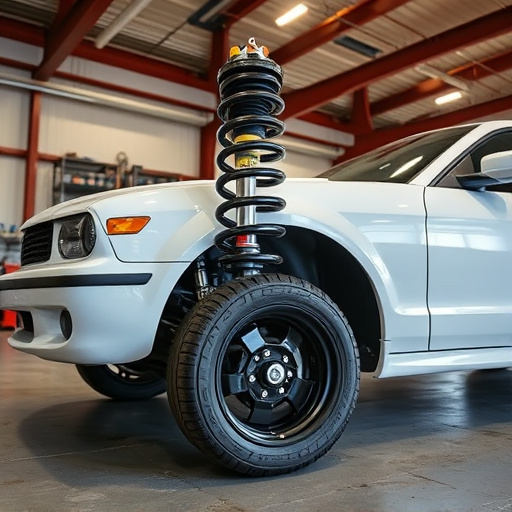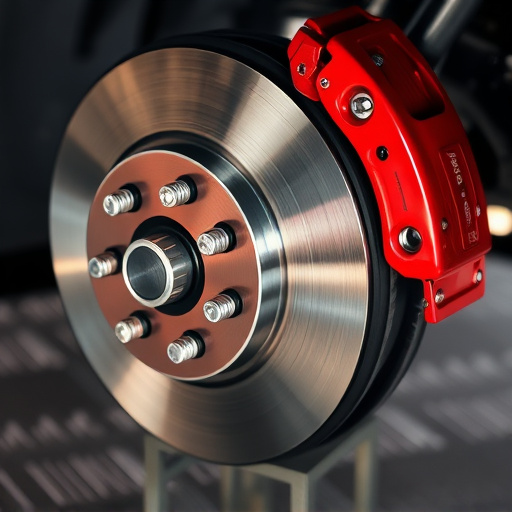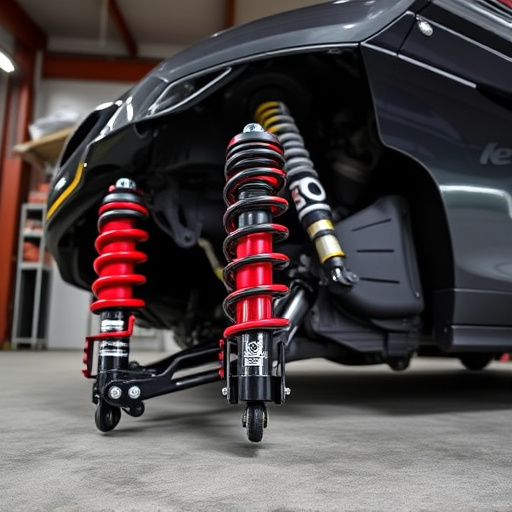Brake pads and rotors, a dynamic duo in vehicles, work together to ensure safe stopping. Pads, made from materials like steel or ceramic, convert kinetic energy into heat through friction with rotors, bringing cars to a controlled stop. This partnership is crucial for modern vehicles' safety, offering precise control, reduced stopping distances, and improved overall stopping power, especially when paired with high-performance modifications. The choice of pad material impacts performance, with steel for daily driving and ceramic for better heat dissipation and quieter operation. Both components' design is vital for consistent braking under all conditions, enhancing vehicle control and safety.
Brake pads and rotors are integral components that work in harmony to ensure safe and effective stopping. This article delves into their symbiotic relationship, exploring how each element contributes to enhanced braking performance. We’ll examine the role of brake pads, made from advanced materials, in making contact with rotors to slow vehicles promptly. Additionally, we’ll uncover the importance of rotor condition, cooling capabilities, and wear impacts. Understanding this synergy enables drivers to maintain optimal stopping power through informed pad-rotor pair choices and regular maintenance.
- The Role of Brake Pads in Enhancing Stopping Ability
- – Explanation of brake pads' function and material composition
- – How pads make contact with rotors to slow down the vehicle
The Role of Brake Pads in Enhancing Stopping Ability
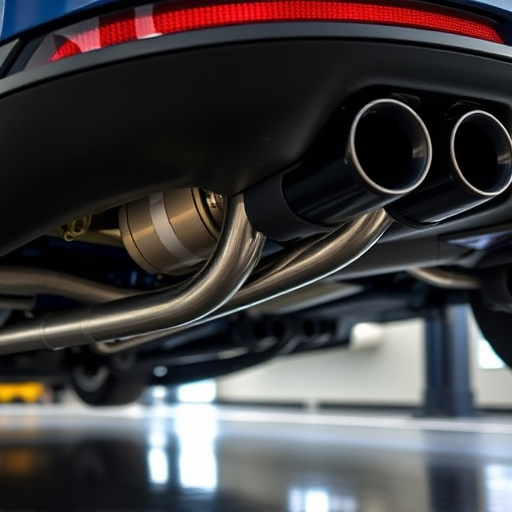
Brake pads play a pivotal role in enhancing a vehicle’s stopping ability by acting as the critical point of contact between the braking system and the rotors. These pads are designed to convert the kinetic energy of the moving vehicle into heat, thereby slowing it down. The friction generated between the brake pad surface and the rotor disc brings the vehicle to a controlled stop.
The effectiveness of this process relies on the quality and performance of both the brake pads and rotors, with pads serving as the active braking component. They are strategically positioned to deliver precise control over the braking force, ensuring shorter stopping distances and improved overall stopping power. This seamless collaboration between brake pads and rotors is essential for enhancing safety features in modern vehicles, allowing drivers to navigate through various driving conditions with confidence.
– Explanation of brake pads' function and material composition
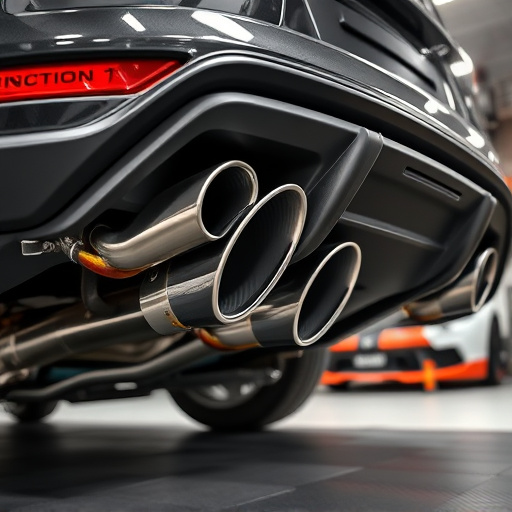
Brake pads play a vital role in enhancing stopping power by making direct contact with rotating brake rotors. These pads are composed of high-quality materials like steel, copper, or even ceramic compounds, each offering distinct performance characteristics. The primary function of brake pads is to convert kinetic energy into heat through friction, bringing the vehicle to a stop safely and efficiently. They work in conjunction with the brake calipers, which squeeze them against the rotors, creating a powerful braking force.
The choice of material in brake pad composition significantly influences stopping performance. Steel pads offer excellent durability and are suitable for daily driving conditions. Ceramic pads provide better heat dissipation, reducing brake fade during aggressive driving or racing. Moreover, ceramic compounds can also offer quieter operation, addressing the noise concerns often associated with high-performance braking systems, which complement other modifications like cold air intakes and cat back exhausts, enhancing overall vehicle control and safety.
– How pads make contact with rotors to slow down the vehicle
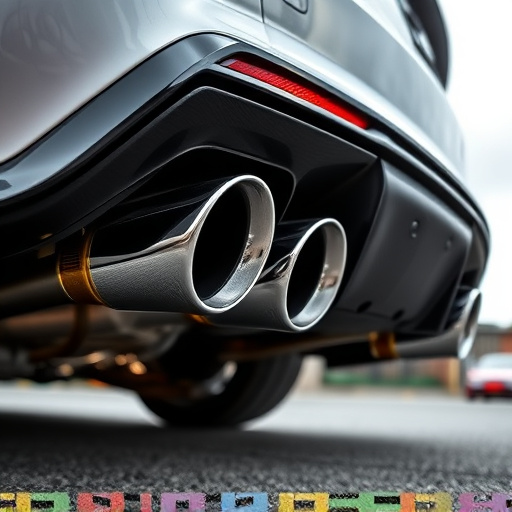
When you press the brake pedal, a crucial process unfolds between the brake pads and rotors, enabling your vehicle to slow down or stop efficiently. The brake pads, composed of high-quality materials designed for durability and friction, are pressed against the rotors by the braking system’s mechanism. This direct contact generates frictional forces that resist the vehicle’s motion, transforming kinetic energy into heat. The result is a controlled deceleration, allowing drivers to navigate corners more safely and efficiently, especially when combined with high-performance parts like suspension kits and performance exhausts.
The rotors, typically made of cast iron or steel, act as the solid surface against which the pads bear down. This interaction creates a powerful force that slows down the rotating wheels, ultimately bringing the vehicle to a stop. The design of both components plays a significant role in enhancing stopping power; pad composition determines the level of friction, while rotor thickness and material contribute to heat dissipation, ensuring consistent braking performance even under extreme conditions.
Brake pads and rotors form a dynamic duo, enhancing stopping power through a simple yet effective mechanism. Pads, composed of high-quality materials, make precise contact with rotors, allowing for efficient energy transfer and rapid deceleration. This partnership ensures drivers have superior control over their vehicles, making everyday stops more secure and responsive. By understanding the interplay between these components, automotive enthusiasts can appreciate the intricacies of modern braking systems and the impact they have on overall driving performance.



